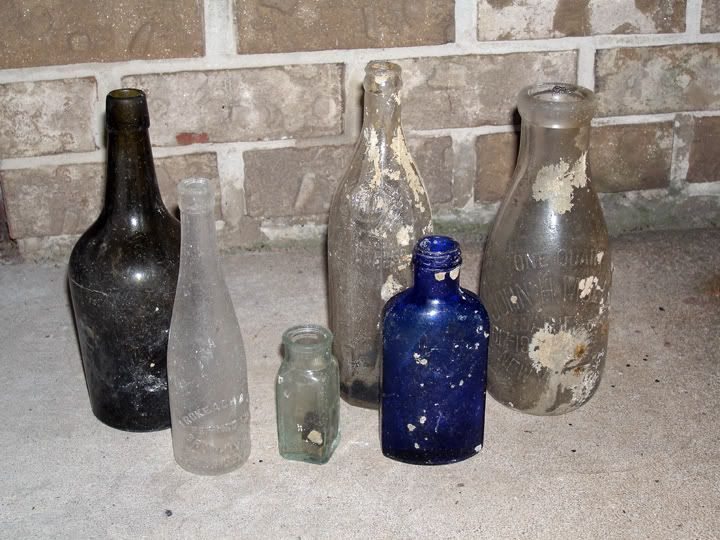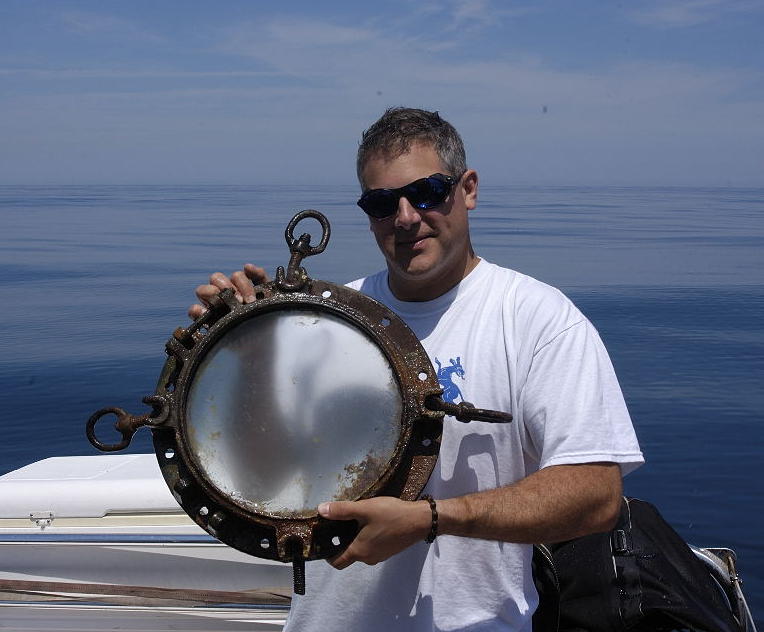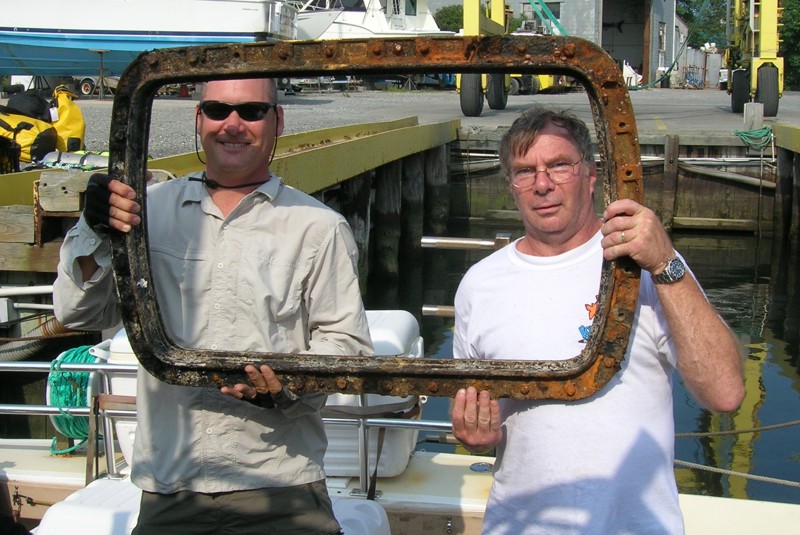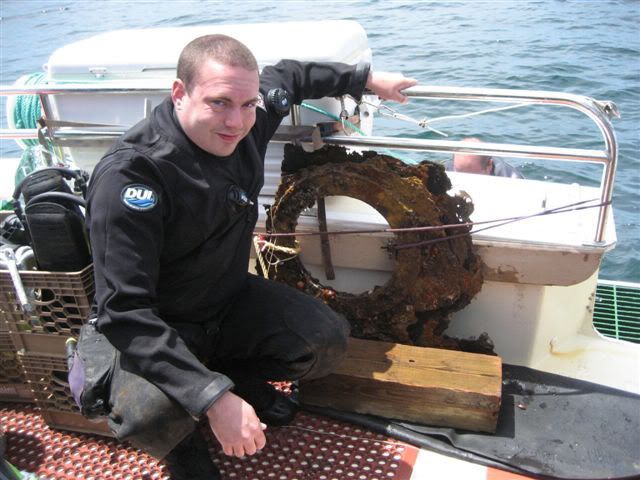WOW! Today’s dive has to go down as one of my top 10 most FANTASTIC dives. Why? Where to begin? Conditions: 50 + ft of visibility. Over 60 degrees on the bottom. Lots of ambient light. Fish almost performing for our entertainment.
| [singlepic=146,400,300] |
| The bow of the Mohawk |
The Independence II headed out for a day of diving. We decided to head for the Mohawk. Personally, I have not been there in a while, and was looking forward to seeing the changes in the wreck. Back when Capt Tom had the Dina Dee II up in Point Pleasant, I used to get visit this wreck regularly. Today I saw her as never before.
On the way out the we faced a stiff wind from the northeast. NOAA was calling for 10-15, but it felt more like 20. The Indy made short work of the chop, and we were on the wreck quickly. Since I had come down with a cold earlier this week I asked Brandon (aka BAM, aka Dr, Capt, McNasty, aka …) if he could tie in. My ears were clear, but I was not sure how quickly I could descend. Brandon agreed, and had us tied in quickly. After getting the passengers in the water, I geared up. Just before jumping in, Brandon surfaced and reported on the excellent conditions.
| [singlepic=147,400,300] |
| The Bridge stands off the bottom surrounded by fish life. |
Just as he had described, the wreck came into view at 40 ft. I’ve been on this wreck a dozen times, but never like this! We were tied into the stern, and I could see the divers off to toward the bow. There was a very slight current on the bottom, so I opted to head down the starboard (leeward) side.
The fish were hanging out waiting for their for their pictures to be taken. It was clear that Fluke season was over, because they were everywhere! Within a few feet bouncy castle for sale of the anchor was a huge doormat with three others along side. (yes it’s fluke spawning season.) Cunners, sea bass, and tog were everywhere. Juveniles were about, and bait fish were swimming overhead. Even a butterfly fish made an appearance.
| [singlepic=148,400,300] |
| Diver passes by the a deck winch |
Evidence of the wrecks cargo was evident everywhere. Engines, tires and transmissions were clearly visible among the deck plates. The ships winches and gear were also clearly visible. Part of the bridge superstructure still stands behind the prominent bow.
After a great dive I checked both computers to confirm two hours on the wreck. It was time to head up. The passengers had finished their dives, surface interval, and were now on dive two. Brandon had joined me for the last part of my dive, and we decided that I’d pull.
When everyone was on the way up, I jumped in and asked the last diver how much time he would need to hang. Five minutes. Dropping down, the wreck quickly came into view again. I hovered at 60 ft and swam out a little way over the wreck. Hanging there I was able to determine the structure of the wreck. How the deck plates gave way to ribs and hull. It was a wide angle view I’ve never had of this wreck. I can only equate it to now being able to tell the forest from the trees.
| [singlepic=153,400,300] |
| Engine, transmission and tires from the cargo |
There were a few minutes until the last diver would be done his hang, and this view was proving very educational. The lesson was interrupted when I was startled by a VERY large sunfish. I’m guessing it was between 5 and 6 ft from fin tip to fin tip. It swam right in front of me, less than 10 ft away. I’ve seen these fish on the surface, but not on the wreck. The big eye was definitely watching my movements which I kept to a minimum. Slowly it swam by, then off into the distance as I regretted not having my camera.
| [singlepic=154,400,300] |
| Deck Gear |
I turned my attention back to the wreck, and checked the time. 3 minutes left. Shortly I was again startled by the large sunfish. This time it was a bit closer, again passing by very slowly, watching my every movement. Back to the wreck. The next pass it became apparent that there were two sunfish of equal size. I’d never seen them in groups, but there they were. Time was up, and it was time to pull the hook.
During the task I looked up to see three sunfish lined up in formation passing within a few feet of me. All I could figure was that they knew I didn’t have my camera, and were punishing me! When I boarded the boat and told the story, Brandon reported that they had also seen sunfish on the surface. Given 80 ft of depth, they probably were not the same ones, and must be traveling as a school.
| [singlepic=144,400,300] |
| Brandon with gear in tow |
We packed up and headed back to port. A great day of diving under FANTASTIC conditions. Personally I did not want to leave. With these condition, who wants to end the dive?







